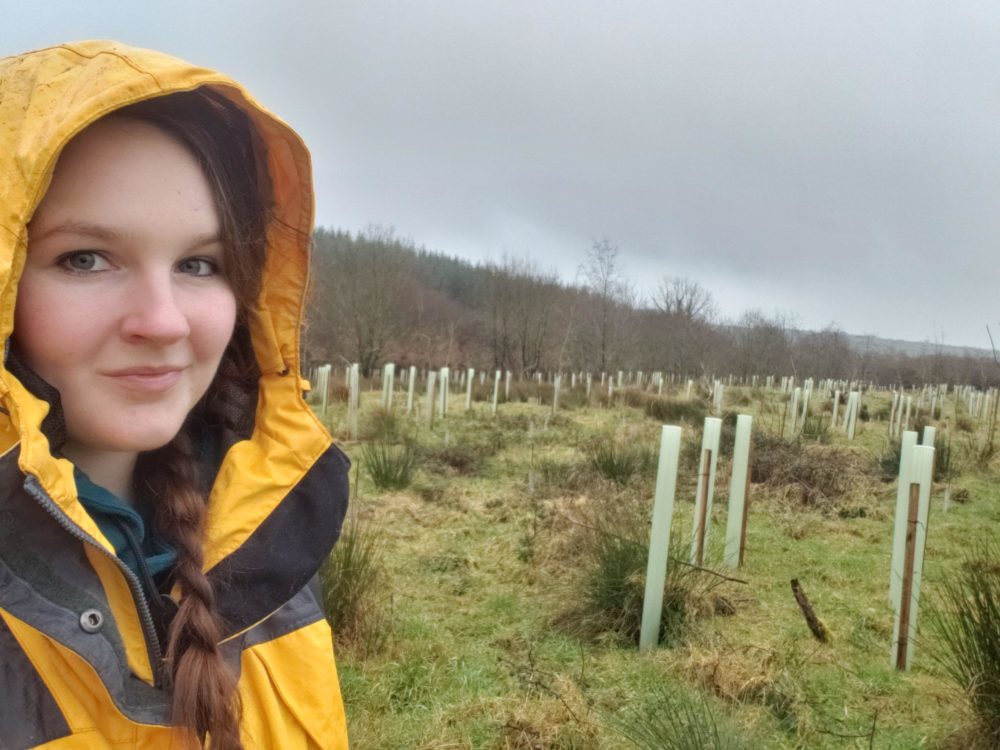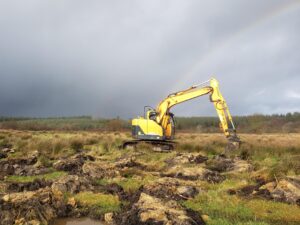I joined Tilhill in August 2020 having applied via the Company’s graduate scheme and was delighted to be one of the successful candidates.
Today I would like to show you what my typical day as an Assistant Forest Manager involves. Most of my days are either outdoor, desk–based, or a mixture of both. Currently, I am halfway through our planting season here in the South West of England. This involves ordering all the trees and materials, contacting contractors and having everything on site at the right time. Office days include raising purchase orders (PO’s) for general suppliers, nurseries, and contractors, phoning nurseries, and arranging deliveries. I also create work instructions, risk assessments, emergency response cards and location maps for the contractors.
My day today begun early as a lot of sites are over an hour away, I travel with some good music or an audio book making it an excellent opportunity to relax a little to give me some thinking time.
First stop is a site where a contractor is finishing tree surgery works alongside a road adjacent to a Tilhill managed woodland. I am now checking that minor issues picked up during my last visit have been resolved, these included scraping the mud off the road, stacking the timber at the correct location, and repairing some minor damage. Whenever we visit any sites, we ensure health & safety always comes first, this includes sturdy footwear with steel toe caps, high viz clothing and a hard hat for active harvesting operations. Equally we carry out safety and assurance inspections on contractors expecting them to work to an excellent safety level and fulfil our specifications to a high standard.
My next stop is at a very wet site where we recently carried out some mounding works on two different restock fields within the property, a less common approach here in southern England but necessary to give the Sitka Spruce the best possible start.
On the same site, in a different compartment, I check on the progress of two quality contractors planting broadleaves. The contractors put the stakes in during December and now they are planting the Oak, Hornbeam, Birch and Cherry saplings and are planning to put a tree shelter around each of them afterwards. Prolonged periods of heavy rain have slowed down the planting numbers, but we still have enough time to get this job finished. Browsing pressure is extremely high in the West Country particularly with high red deer populations but roe deer and grey squirrel are also a problem. Therefore, most broadleaves are planted in plastic shelters. We currently have several trial sites with alternative material tree shelters as we are very keen to eliminate the plastic element, but we do recycle the shelters at the end of their useful life.
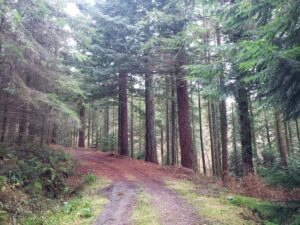
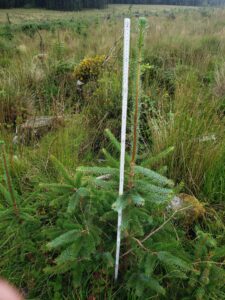
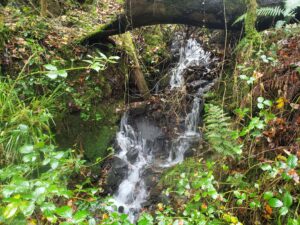
If you are a fast and willing learner and up for an adventure then being a forestry graduate could well be perfect for you!



